WIXIE DETROIT SOUND No. 8 * Terry Knight & The Pack * WXYZ (4/18/66)
WIXIE DETROIT SOUND No. 18 * Johnny Rivers * WXYZ (4/18/66)
WIXIE DETROIT SOUND No. 27 * Dave Clark Five * WXYZ (4/18/66)
![]()
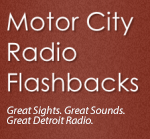 From the MCRFB NEWS archive: 1967
From the MCRFB NEWS archive: 1967
8-Track Sales at Royal Radio Rises Through Detroit Radio Ads
DETROIT — “The Stereo 8 is still just a baby,” said Mrs. Lowell Bennett of Royal Radio in Royal Oak, a Detroit suburb. Mrs. Bennett, who with her husband and another partner, Harry Showers, has been selling 4- and 8-track stereo cartridges for the past year-and-a-half.
Sale of the stereo 8 cartridge has completely overwhelmed the sale of 4-track tapes at the store. But the total cartridge business at Royal Radio is still a small percentage of the total business. They also sell stereo tape players for car and home, radios, televisions, intercoms, car radios and record players, and other electronic equipment.
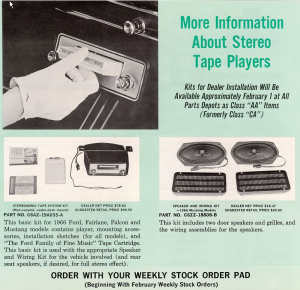
The store sells an average of 400 8-track cartridges a week and at present has over 1,000 tapes in stock. Mrs. Bennett says they are constantly building up their inventory. Their bookkeeping indicates their inventory that they haven’t been hurt at all by carrying a large inventory.
The biggest selling tapes are Herb Alpert, Frank Sinatra and semi-classical music, Mrs. Bennett said. This reflects the buyers. “It’s not the real young people who buys tapes,” said Mrs. Bennett. The people who buy the most of our tapes are past 21.”
In her opinion, teenagers are still buying 45 rpm records since they can get the one song they want for less money than a tape cartridge costs.
The store has found radio advertising to be quite effective. They buy about 25 to 30 one-minute spots per week although all are not for the tapes exclusively. Currently they are advertising on WOMC, an FM station; WXYZ, easy listening; WEXL, the only country station covering the Detroit market. They have also used CKLW, a top 40 station.
Mrs. Bennett has discovered that WEXL is one of the best stations for the store’s advertising. The station has a “country club” and members entitles them to a 10% discount at Royal Radio. These listeners buys a lot of tapes, mostly country music, at the store.
Royal also advertises in the Royal Oak Daily Tribune with lists of tapes available and special 10% off sales.
In their ads Royal does not list their 4-track stereo tape cartridges since they are not interested in building up that business. Mrs. Bennett feels that eventually that 8-track will completely replace 4-track.
To promote the sales of stereo-8 cartridges the store works closely with automobile dealers in the area. They contact the dealers to let them know what the store carries. In some cases, local dealers did not know about the cartridges. The store also sells stereo-8 cartridges wholesale to the automobile dealers who stock them in their showrooms.
Mrs. Bennett believes that the tape cartridge market language is something that needs developing. At present the store can special order them, but she thinks more work needs to go into building up a market for them.
As far as the total stereo-8 cartridge scene goes, Mrs. Bennett said, “We’re working very hard to develop this part of our business because there is good potential there.” END
___
(Information and news source: Billboard; July 1, 1967)

A MCRFB NOTE: Check out our WXYZ-AM BACK ON THE RADIO WITH: JIM HAMPTON (July 27, 1966) featured today — as an audio attachment added with this ‘Royal Radio’ post on Motor City Radio Flashbacks. You’ll note the show was sponsored by none other than ROYAL RADIO “The House of Modern Sound” on WXYZ 1270 — it’s summertime with Jimmy Hampton on the radio with “The Detroit Sound,” 1966!
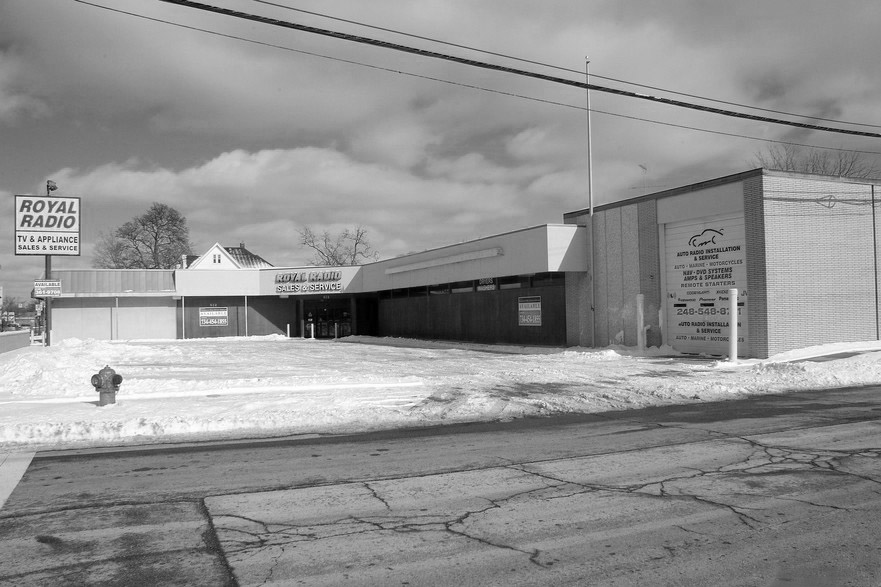
![]()
 From the MCRFB news archive: 1965
From the MCRFB news archive: 1965
’65 Selma to Montgomery March Includes —
Harry Belafonte, Bob Dylan, Pete Seeger, Bobby Darin, Chad Mitchell, Tony Bennett, Joan Baez and More
MONTGOMERY — A million dollars’ worth of recording talent entertained the rapidly swelling crowd of voting rights marchers on the grounds of the City of St. Jude School here on the eve of the final leg of the Selma-to-Montgomery trek.
Mounting a temporary platform erected on coffin crates were civil rights entertainment committee chairman Harry Belafonte, Sammy Davis, Tony Bennett, the Chad Mitchell Trio, Odetta, Joan Baez, Billy Eckstein, Pete Seeger, Ella Fitzgerald, Lena Horne, Dick Gregory, Bobby Darin; Peter, Paul and Mary and others.
The ailing Mahalia Jackson was unable to attend but wired personal greetings.
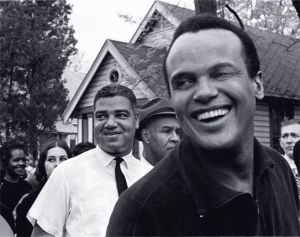
Predominant on the program was the body of haunting song identified with the “movement.”
The following morning many of the recording artists marched into Montgomery with the 25,000 and staged another rousing concert on the steps of the Alabama State Capitol.
As the column of marchers moved out of the Negro district and into the downtown Birmingham, stern-faced onlookers lining the route caught sight of Mary Travers, Harry Belafonte, James Baldwin, Chad Mitchell and Lena Horne and grabbed for cameras.
For the entertainers on the scene, it was not the first instance of identification with the “movement.” Nor is show business involvement in the rights struggle likely to abate.
As previously been reported last week, a veritable who’s who of the entertainment industry — some 60 stars — was to appear April 4 at New York’s Majestic Theater in a benefit for the late Rev. James Reeb’s family, the Voters Education Program of the Southern Christian Leadership Conference and the Scholarship, Education and Defense Fund of the Congress of Racial Equality.
The sponsoring committee was sprinkled with top recording industry executives. END
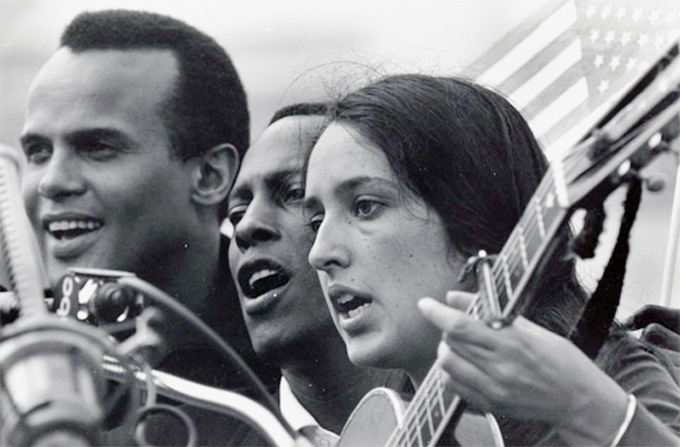
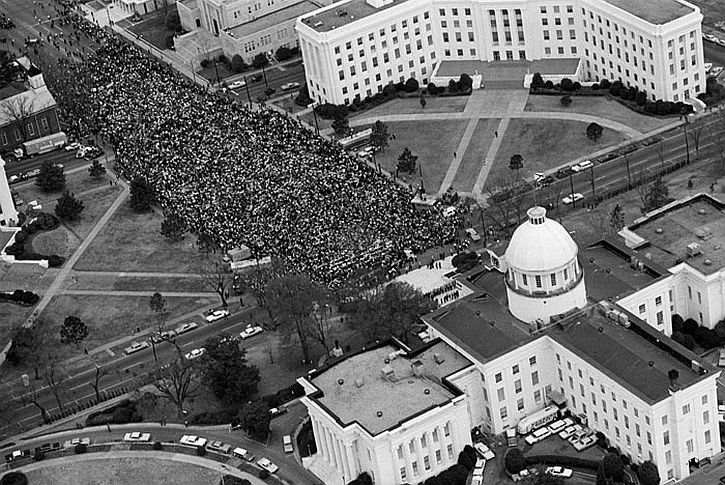
(Information and news source: Billboard; April 10, 1965).
![]()